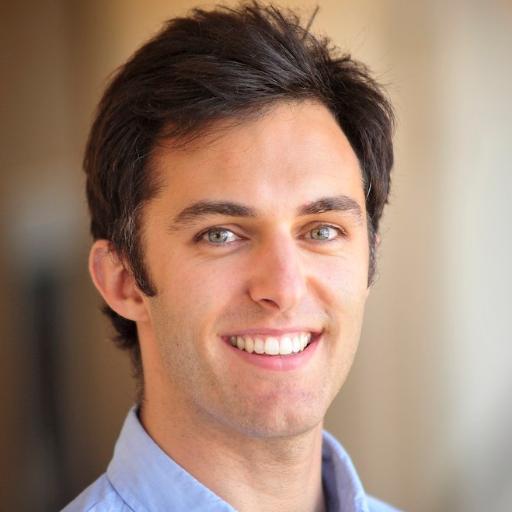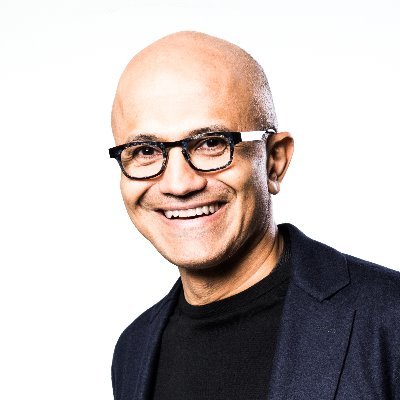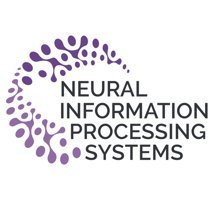
Theofanis Karaletsos
@Tkaraletsos
Followers
5K
Following
8K
Media
68
Statuses
2K
Head of AI @cziscience | co-founder https://t.co/TIpJn8YQlg for atomistic simulation| probabilistic and deep ML
Joined December 2013
I enjoyed giving a seminar at Stanford today, thanks for all the attendees for allowing yourselves the distraction from your ICLR reviews to listen to some GenAI for science work.
We are excited to invite you to a CS524 seminar happening today! @Tkaraletsos will present "Virtual Cells: From vision to first generative models of life from the CZI Science AI team" 📍10:30am Littlefield Center 107 | In-Person Only
0
2
41
Today we’re releasing VariantFormer — a 1.2B-parameter DNA language model built to encode and interpret human genetic variation. Blog: https://t.co/Rnrtt9KkXN Model: https://t.co/MOdUgpJoHj Preprint:
biorxiv.org
Accurately predicting gene expression from DNA sequence remains a central challenge in human genetics. Current sequence-based models overlook natural genetic variation across individuals, while...
3
17
103
Both models share the idea that we want to study biology virtually. VF allows us to generate counterfactuals such as with in silico mutagenesis to see “what would happen to liver tissue if allele X was mutated in this person” which are impossible to observe in practice. Models
0
0
2
Why does scLDM matter? Why does scLDM matter? Conditional cell generation is a key capability for virtual cell modeling - enabling virtual experiments such as generating counterfactual cells based on patient identity, cell type, perturbation, or experimental condition. scLDM
virtualcellmodels.cziscience.com
scLDM is a scalable latent diffusion model for single-cell gene expression that respects the fundamental exchangeability property of gene measurements. Unlike existing approaches requiring artificial...
1
0
1
How well does scLDM work? scLDM advances the state of the art in generative modeling of transcripts, enabling conditional gene expression generation with unprecedented fidelity. Its capabilities are demonstrated in challenging tasks such as conditional generation of cell atlas
1
0
1
What is scLDM? scLDM is a deep latent diffusion model that combines a transformer variational autoencoder with score matching in latent space. It adapts ideas from generative models for other modalities (such as images and molecules) to generate cellular transcriptomes -
biohub.org
scLDM is a deep generative AI model that creates realistic single-cell data to advance virtual cell research.
1
0
2
2. scLDM: single cell latent diffusion model This deep generative model of gene expression represents an evolutionary step for our transcript models. Work led by @g_palla1, @jmtomczak and the scLDM team Preprint: https://t.co/bjk2kfhiU2
arxiv.org
Computational modeling of single-cell gene expression is crucial for understanding cellular processes, but generating realistic expression profiles remains a major challenge. This difficulty...
1
0
2
How well does it work? Across a wide range of tasks - including cross-individual and cross-tissue gene expression prediction, somatic mutation effect generalization, in-silico mutagenesis, variant effect prediction, variant prioritization, and disease-risk interpretation (in
biohub.org
VariantFormer is an AI Model that predicts how personal genetic variations affect gene expression across tissues
1
0
1
1. VariantFormer: from human genomes to populations VariantFormer strives to elucidate how human cells differ as a consequence of individual variation based on personalized genomes. What is VariantFormer? VariantFormer is the first genomic foundation model that bridges
biorxiv.org
Accurately predicting gene expression from DNA sequence remains a central challenge in human genetics. Current sequence-based models overlook natural genetic variation across individuals, while...
1
1
3
Releasing two new models today: VariantFormer and scLDM Our goal at Biohub is to advance virtual biology by merging frontier biology with frontier AI models. Here's what's new from my team:
1
4
32
Science article on AI x Bio for cells Excited to share this article in science discussing what’s happening in AI x Bio for cells across a representative set of different teams across industry, philanthropy, and academia, also featuring our efforts at CZI. It was a privilege to
science.org
Researchers are competing to make “virtual cells” that could transform biomedicine by predicting gene activity and more
1
1
11
Here’s also a link to the new and updated version of the TranscriptFormer paper: https://t.co/EuUshMIfFZ
biorxiv.org
Single-cell transcriptomics has revolutionized our understanding of cellular diversity, yet our understanding of the transcriptional programs across the tree of life remains limited. Here we present...
0
0
1
Time article discussing our work We recently had the opportunity to talk to TIME magazine about the burgeoning landscape of virtual cell research across the frontier AI and biology teams, which I see as a position piece about the future potential of this vision. Also fun to see
time.com
Virtual cells could make it faster and easier to discover new drugs.
1
1
5
Multiple ML/AI roles available at https://t.co/jgDolM2K8Z focused on building atomistic foundation simulation models. If you’re in the market and interested in AI-infra\research engineering, or GenAI-research roles reinventing our understanding of matter and reasoning about
achira.ai
Building foundation simulation models for drug discovery
Achira is growing! We’re looking for talented software engineers, ML research engineers, and AI/ML scientists to join our team in building foundation simulation models to power the future of drug discovery. Apply at
1
8
25
We are disappointed that some community members have been sending threatening and disrespectful messages to our organizers after NeurIPS decisions. While we always welcome feedback, we wish to remind all that our organizers are volunteers who work tirelessly on behalf of the
15
67
681















